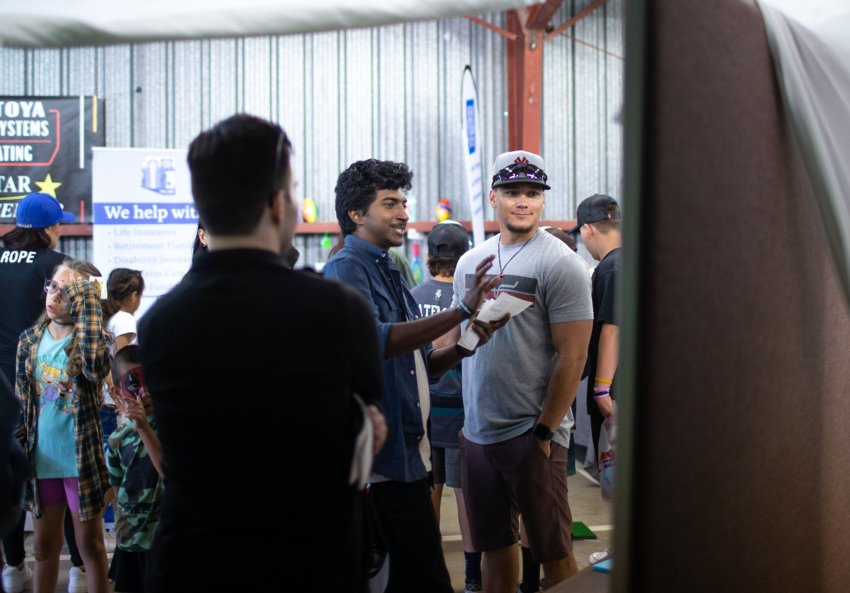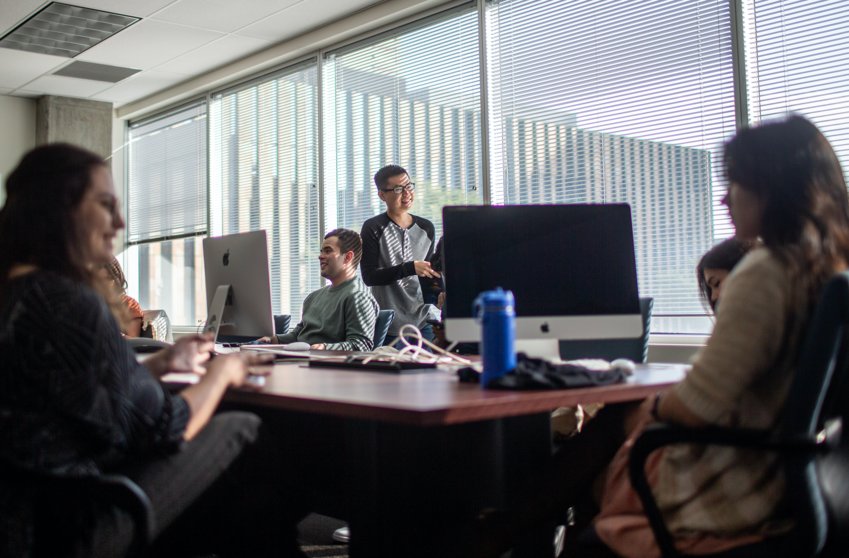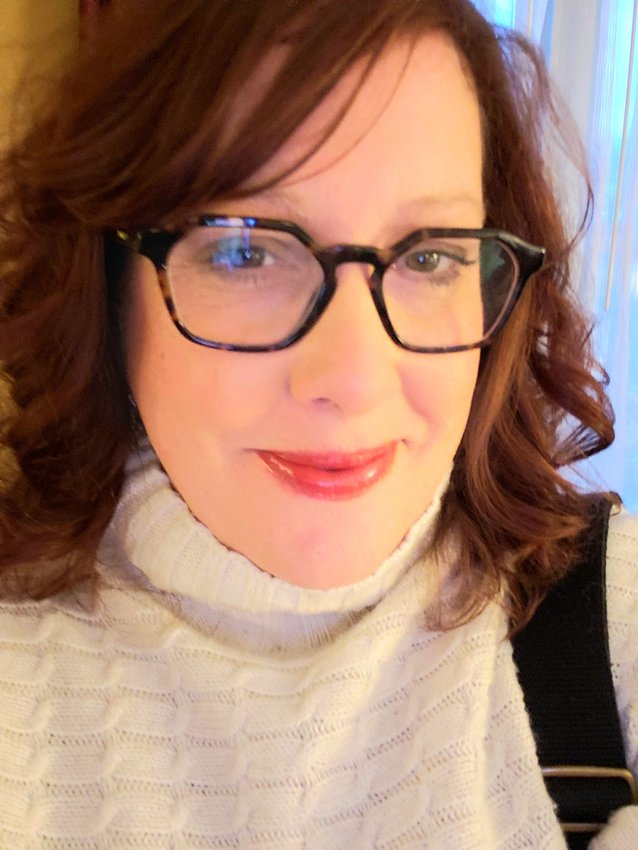Good things come from great partnerships, and that certainly was the case when students at the Walter Cronkite School of Journalism and Mass Communication at Arizona State University (ASU), faculty advisers and project managers from Wick Communications — the Arizona-headquartered community news media publisher — came together to take a meaningful look at local news in Arizona.
The year-long Voices Listening Project (VLP) focused on smaller communities with populations and circulations of less than 50,000. The project received funding from the Google New Initiative’s 2021 North American Innovation Challenge program.
The VLP sought to answer three questions:
The researchers received 1,638 responses to an online survey and conducted more than 218 in-person interviews and 52 via video conference — in English and Spanish. And they made over a dozen outreach trips to three communities, particularly Tucson, Safford and Maryvale. The VLP study concluded in December 2022 and culminated in a white paper, available at voiceslisteningproject.org.

“Misinformation and bias — terms respondents often used interchangeably — were persistent concerns, coinciding with a pervasive perception that there is ‘a lot of misinformation’ across all forms of media, including TV, radio, news websites and social media,” the group explained in the executive summary.
Community members shared that there aren’t adequate sources for local news. Spanish-speaking participants reported language barriers to local news access.
Technological barriers are less of a concern, they found.
“More than 85% of respondents said they felt natural or very natural using technology; social media was the most popular way people interacted with others in their community (71.6%). The majority of respondents have used mobile apps, radio or podcasts, websites, video/television and email to access local news,” the VLP reported.

“Relevance, representation and diversity of viewpoints mattered most to respondents when it comes to what could maintain or improve trust in local news,” the group discovered. “Efforts to increase transparency and engagement, including creating more ways to provide feedback and knowing the reporters covering the community, were less popular suggestions. It’s worth noting that 35% of respondents said that not having to pay for the news would help maintain or improve trust, while only 8.2% said that paying for news would help, opinions that underscore the conundrum of sustainable business models for local news.”
The VLP wasn’t merely academic. Wick Communications has already put some of the insight to practical use. They’re developing a next-generation NABUR (Neighborhood Alliance for Better Understanding and Respect) platform that incorporates NewsGuard, an independent, journalist-run rating system that adjudicates the veracity and trustworthiness of information websites.
“We’re also working with our content management system provider, BLOX Digital, to build some of the article-level features that originated in this project,” Wick Communications’ team reported. “First on the list is the ‘Reporting Process’ text block, which offers readers a high-level summary of the steps the author went through to source their article.”
The project also proved practical for the ASU student researchers, who had “the ultimate experiential learning experience,” the group concluded. The white paper’s authors noted, “The project’s strength came from the students’ fresh perspectives, commitment to honoring the communities involved and dedication to tackling the challenges facing the local news environment.”
 Gretchen A. Peck is a contributing editor to Editor & Publisher. She’s reported for E&P since 2010 and welcomes comments at gretchenapeck@gmail.com.
Gretchen A. Peck is a contributing editor to Editor & Publisher. She’s reported for E&P since 2010 and welcomes comments at gretchenapeck@gmail.com.
Comments
No comments on this item Please log in to comment by clicking here